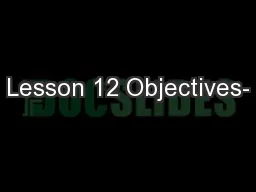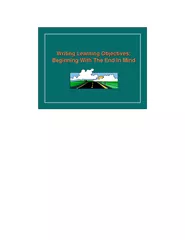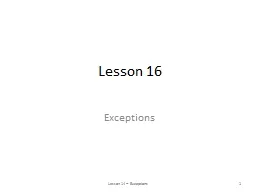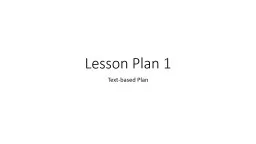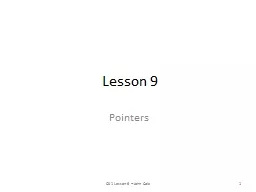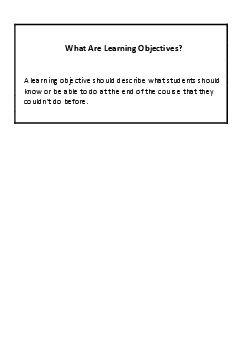PPT-Lesson 12 Objectives-
Author : tawny-fly | Published Date : 2016-12-22
ADLs Dressing and Toileting Demonstrate how to dress a dependent resident Demonstrate competence in assisting a resident with toileting needs Clothing An expression
Presentation Embed Code
Download Presentation
Download Presentation The PPT/PDF document "Lesson 12 Objectives-" is the property of its rightful owner. Permission is granted to download and print the materials on this website for personal, non-commercial use only, and to display it on your personal computer provided you do not modify the materials and that you retain all copyright notices contained in the materials. By downloading content from our website, you accept the terms of this agreement.
Lesson 12 Objectives-: Transcript
Download Rules Of Document
"Lesson 12 Objectives-"The content belongs to its owner. You may download and print it for personal use, without modification, and keep all copyright notices. By downloading, you agree to these terms.
Related Documents

